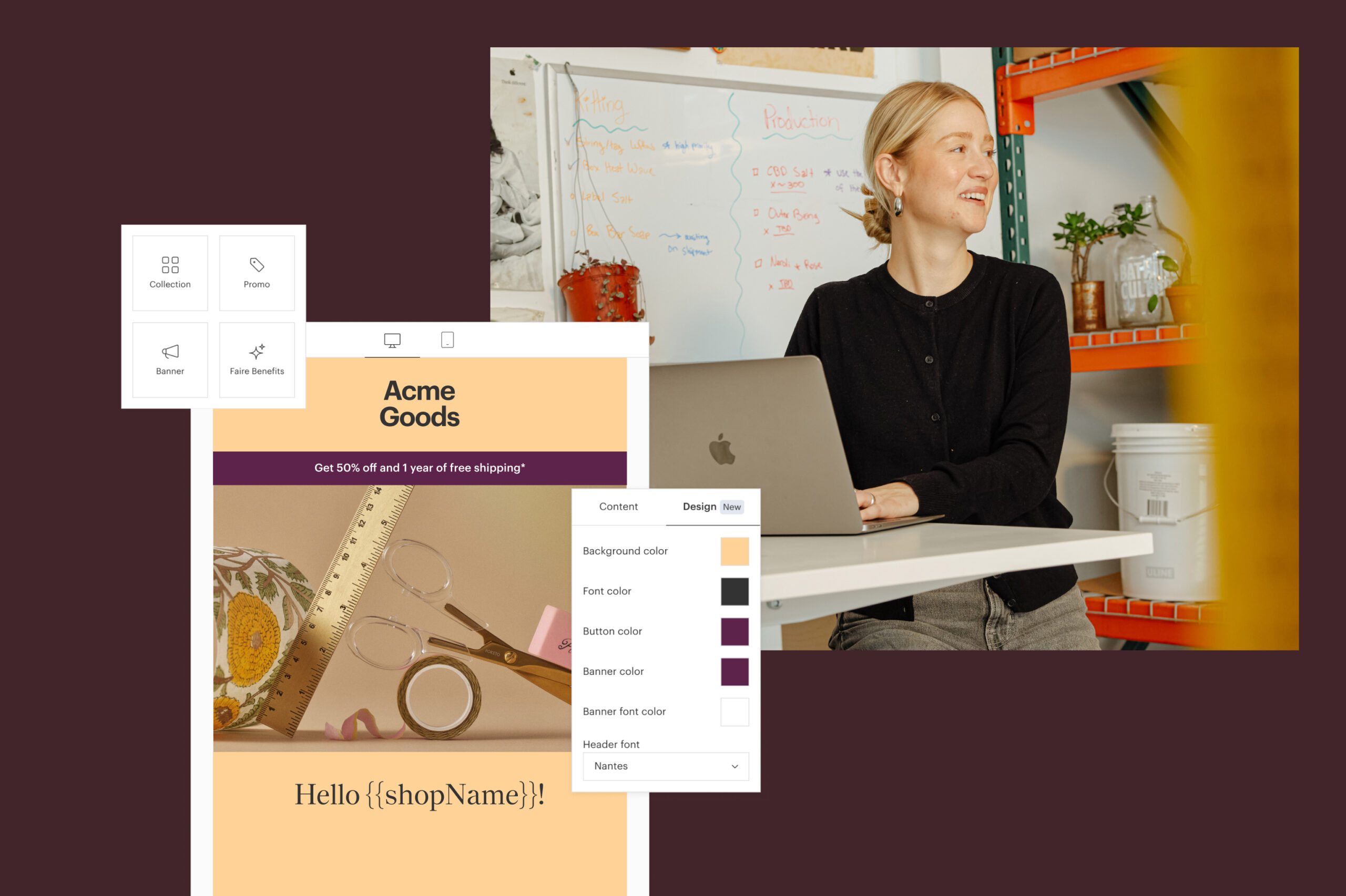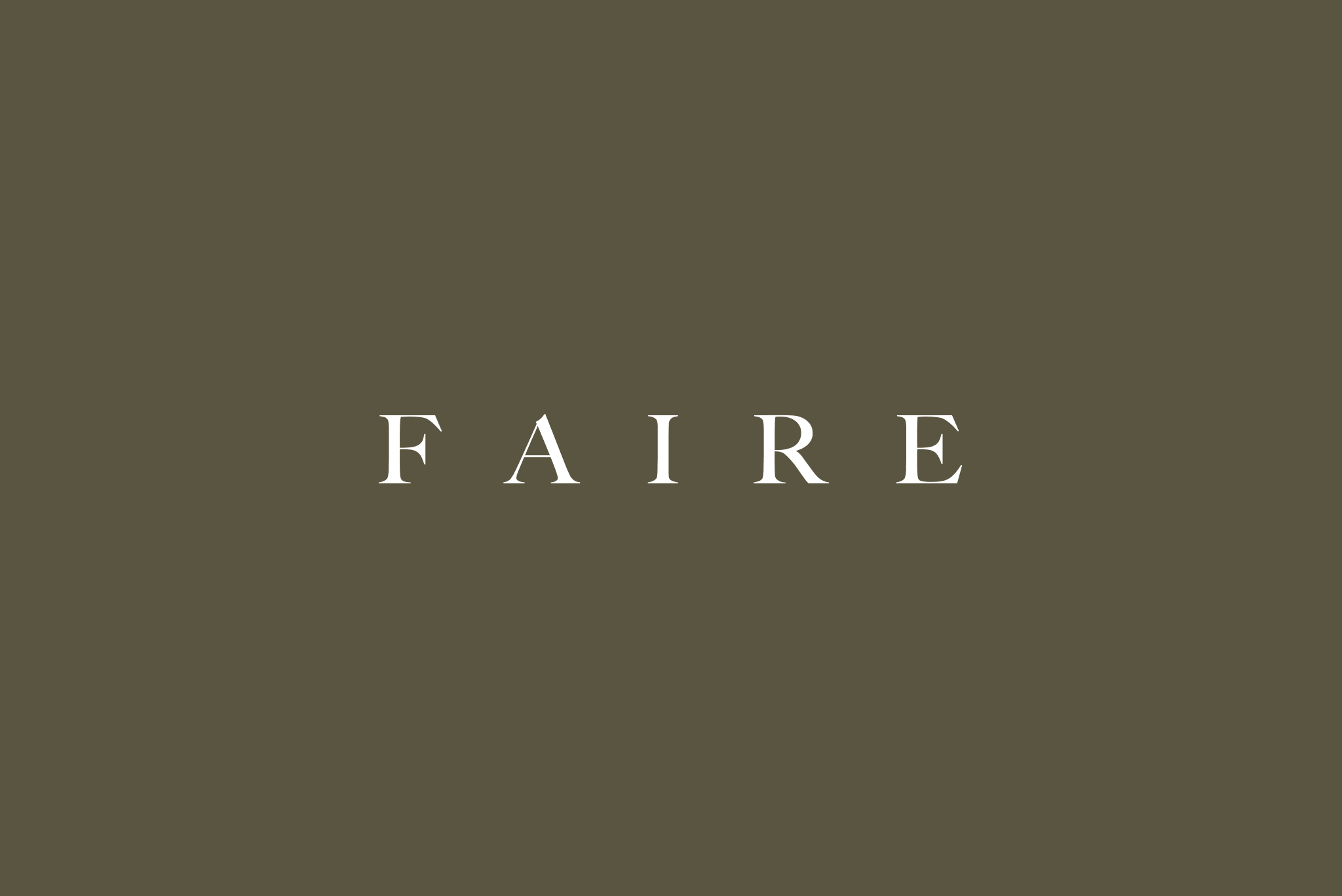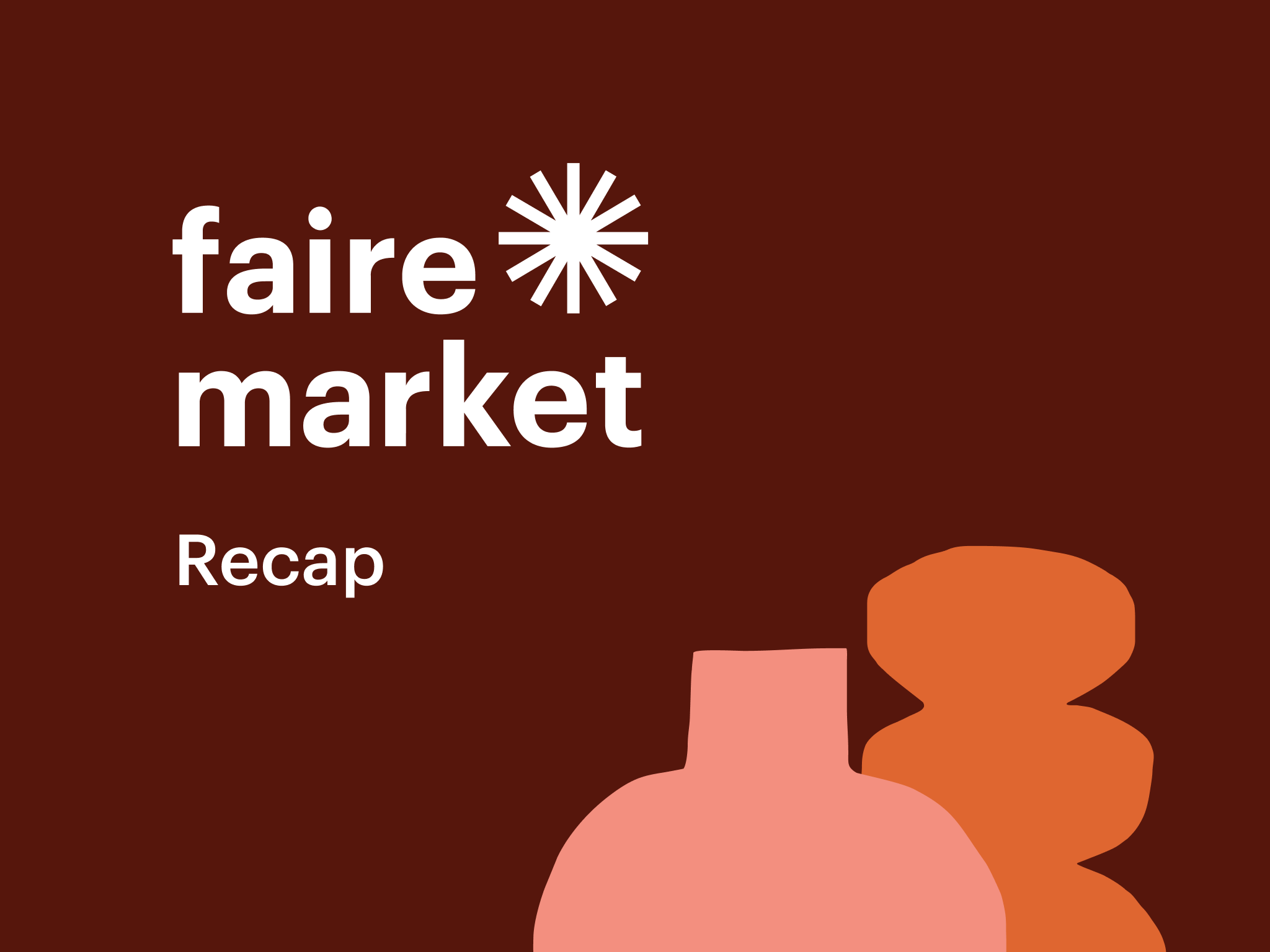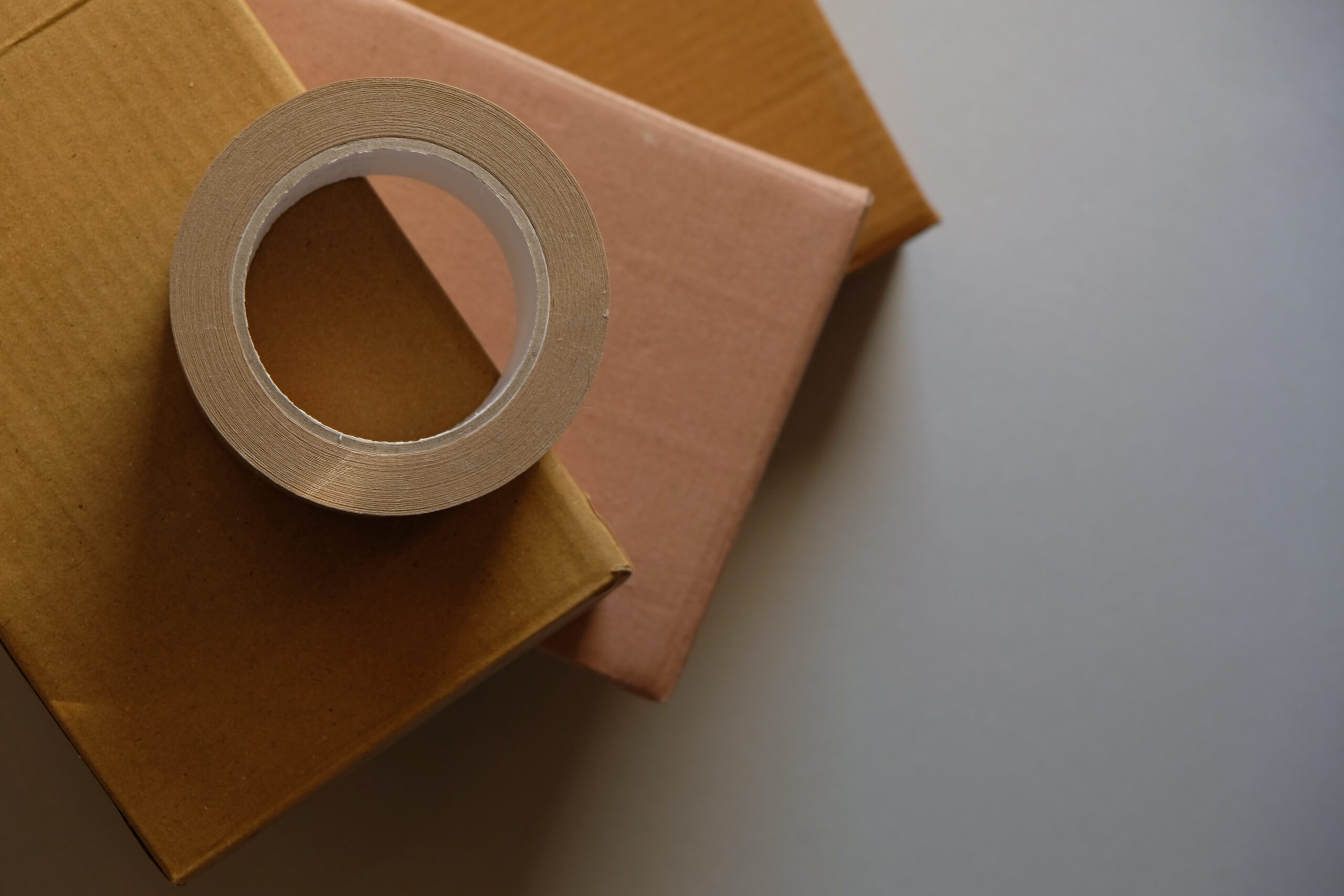
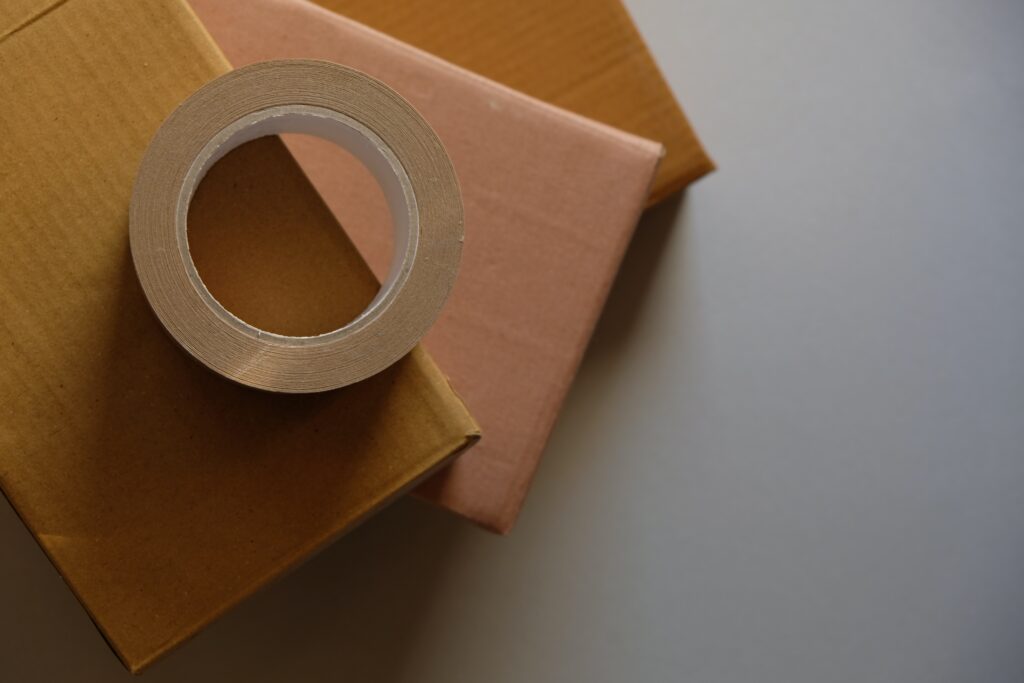
Eco-friendly packaging options for your brand
Eco-friendly packaging isn’t merely nice-to-have greenwashing these days but the hallmark of an ethically responsible business. The e-commerce explosion in recent years has put a great ecological strain on the planet—and how we package and transport goods is part of this. Collectively, we know there must be a better way.
Greenwashing is when brands present an environmentally conscious public image, but it is just that – an image. Organisations’ practice and culture don’t back up their supposed eco-credentials. For customers, it often creates cynicism and suspicion, as it undermines good works that reputable businesses are doing, and it can be hard to spot the genuinely caring companies in amongst the busy throng of empty ‘green’ messaging. So, syncing your behaviour and your message is vital.
Usefully, eco-friendly packaging can also make sound sense financially speaking, so it’s good for any e-commerce business to explore their eco-friendly options. In this blog, we will discover different types of eco-friendly packaging, whether that’s biodegradable, compostable or recyclable. Some products – like plastics, tape, or bubble wrap – are trickier to swap out to more planet-friendly options, but where there’s a will, there’s a way. Thinking forward, we will also look into innovation in materials science and product design, for eco-friendly packaging ideas that are clever and kind to our planet.
Here at Faire, we’re uniquely positioned, as a conduit between wholesale and retail brands, to have our finger on the pulse of eco-friendly business practices and consciously support organisations doing things the right way. We invite eco-conscious businesses to sell their products via our platform and link up with other brands who need eco-friendly packaging solutions. Because it’s great when everyone – and the Earth – wins.
In this post, we’ll cover:
- Why is eco-friendly packaging important for brands?
- Types of eco-friendly packaging materials
- Eco-friendly ideas and solutions that will shape the retail industry
- Selling your eco-friendly products on Faire
Why is eco-friendly packaging important for brands?
The environmental impact of e-commerce has become a heated topic in recent years. Since the COVID-19 pandemic, e-commerce growth has become a super-fuelled juggernaut – stemming, in part, from lockdown orders, the move to working from home, and the resulting shift in online behaviour. E-commerce offers a truly global solution to these changes; aided by technological democratisation, economically advantageous outsourcing, and seamless worldwide shipping, amongst a myriad of other things. However, conversely, this global solution has also become a global problem – on a scale we’ve never seen before.
E-commerce growth isn’t set to stop anytime soon. Great for us, but for the environment – not so much. As Ecocart’s Dark Side of E-Commerce report highlights, e-commerce is responsible for growing carbon emissions from shipping transportation, as well as giant fossil-fuelled servers hosting sprawling websites, whilst not forgetting the mountains of non-recyclable packaging materials and cheaply processed returns going straight to landfill.
Undoubtedly, this is grim reading for any eco-conscious e-commerce business. But there are ways to slow or stop the tide, your business decisions can make a difference. Eco-friendly packaging is an easy way for a brand to show it cares about the environment – like its eco-conscious clients. Don’t just talk the talk, walk the walk.
Give consumers ease-of-mind when purchasing your products
Eco-friendly solutions have become an essential consideration for any business wanting to mitigate their environmental footprint. And this matters to consumers too; for example, over 40% of European customers are willing to pay a premium for ecological transportation of online purchases. However, businesses like yourselves are often unsure how to turn this desire for change into reality. Customers are confused about how to put this into practice and what the best options are for themselves and the environment.
Greenwashing has been levied towards the biggest brands out there, especially when it comes to excessive plastic packaging. Customers see brands as hypocritical for bombarding us with unsubstantiated eco-friendly packaging claims and meaningless platitudes. A cynicism kicks in, this can make it difficult for businesses to authentically promote eco-friendly ideas and be believed.
Therefore provable, traceable, and evidently eco-friendly packaging materials can reassure people that they’re in your kind, safe hands. It’s not enough to just use eco-friendly packaging at the very end of the customer journey. Responsibility needs to be taken to prove sustainability across every supply chain link in your e-commerce logistics process.
Packaging can be eco-friendly and still represent your brand
Today, eco-friendly packaging doesn’t have to mean compromising on style. Long gone are the days that eco-conscious choice meant businesses were lumbered with packaging that is homespun and ‘ugly’ looking. Long-term trends in minimalist design with natural colour palettes chime perfectly with most eco-friendly packaging materials. In printing, the advent of biodegradable inks and natural dyes means that every element of branding meets eco-friendly standards.
Brands like yours can adapt the look and feel, to create custom eco-friendly packaging with logos, design, colours, and materials that reflect a specific brand identity. Whether that’s pastoral seed paper receipts for one business or future-forward cardboard package design for another, there’s an eco-friendly packaging solution that snuggly fits with each and every brand.
Types of eco-friendly packaging materials
When looking at different eco-friendly packaging materials, remember to also consider the whole supply chain. It’s great if something is biodegradable, compostable, or recyclable but what processes did it take to get here? For example, cardboard and paper are the ultimate eco-friendly end product, but it’s important to know its provenance and that the paper supply is from sustainable forests. So even within eco-friendly packaging materials there are larger implications to consider.
Biodegradable packaging
Biodegradable packaging can be broken down by bacteria and natural organisms without any extra human intervention. This is the ideal packaging in many respects, as it requires no extra effort by brands and customers to dispose of it, so it is a no-brainer when trying to prevent pollution. In fact, the UK government has said that all packaging should be ‘recyclable, reusable or compostable’ by 2025, so why not get ahead today?
Examples of biodegradable packaging include:
- Undyed brown paper and cardboard
- Plant or mushroom packing
- Biodegradable polythene, such as plastic bags, sheeting, and shrinkwrap
Compostable packaging
Compostable packaging is similar to biodegradable packaging, as it can be broken down naturally, however it can also be nutritionally beneficial to soil and gardens. This makes it the gold standard of eco-friendly packaging materials, as it gives something back to the environment.
However, it does require businesses and customers to have access to composting services, outside space, or a council compostable waste service, therefore may not be appropriate for all organisations, especially in urban centres. Also, it requires a bit of effort from people to recognise, sort, and maintain composting facilities.
Examples of compostable packaging includes:
- Cellulose fibres such as packing peanuts
- Natural fibres such as like twine, wool, hemp, and cotton
- Cardboard and paper
- Bioplastics such as cornstarch-based packaging
Recyclable packaging
Recyclable packaging is made of materials that can be used again, either directly reusable or more often remodelled and remade after processing. It is probably the most contentious and confusing of the eco-friendly packaging materials, especially when it comes to the complicated array of recyclable plastics out there and the limited recycling facilities available.
Even the most eco-friendly organisation and consumer can struggle when working out which plastic acronym means what. It requires a conscientious and organised approach to recycling, supported by a local council infrastructure of recycling facilities, pick-ups, and a forward-thinking corporate waste strategy.
Examples of recyclable packaging includes:
- Commonly recycled plastics such as polyethylene terephthalate (PET), high density polyethylene (HDPE), and polypropylene (PP)
- Less commonly recycled plastics such as polyvinyl chloride (PVC), low density polyethylene (LDPE), and polystyrene (PS)
- Card and paper
- Glass
- Metal
Explore eco-friendly alternatives for common packaging materials
Making the right choice when it comes to packaging materials is vital for any eco-friendly business. Here are some exciting new alternatives to common packaging materials but remember this is only the beginning – the world of eco-friendly packaging solutions is evolving all the time.
Boxes and containers
It’s obvious why single-use plastic containers have been so successful over the years – they are mass-produced cheaply, sturdy, and protect against the elements. However, depending on the size and weight of an item, recyclable materials – such as glass, corrugated cardboard, and lightweight aluminium – can work just as well.
Plastic alternatives
Recent years have seen a gold rush in the development of bioplastics, which can be made from sustainable biological sources, such as sugarcane, and is completely biodegradable. Alongside this is the development of post-consumer recycled (PCR) plastics, which are made from recycled plastic bottles, aluminium, cardboard boxes and paper. However, boxes made from PCR plastics cannot be recycled again, as already made from recyclable materials. For businesses however, PCR items can work well in hitting eco-friendly goals, whilst taking the onus away from the customer themselves to have to recycle.
Reusable containers
The ultimate sustainability hack is to not add any more products to the environment at all, but reuse and recycle what we already have. Reusable containers hit this brief head on, moving away from single-use items to reusing and repurposing. The long-lasting nature of glass, metal, and, unfortunately for the environment, many plastics means they are ideal as reusable containers. So look for packaging brands that source from what is already out there.
Recyclable boxes
Cardboard, cardboard, cardboard. It really does tick all the boxes. Obviously not impervious to the worst bit of British weather, it equips itself well as a great catch-all in eco-friendly packaging. It’s low cost, biodegradable, compostable, recyclable, and reigns supreme in sheer usability. Available in every boxy shape and size imaginable, it is especially strong as recyclable corrugated cardboard, so can cope with the biggest orders going.
Package fillers
Making sure your products are delivered safe and sound is vital. Mess ups here can make or break the bottom line, as well as invaluable customer relationships.
Packing peanuts
For big orders, nasty polystyrene foam has been replaced with biological packing peanuts or chips, often made from cornstarch or wheat. These are biodegradable, compostable, and can even be edible, although we don’t necessarily recommend you try it.
Seed paper
For smaller businesses sending out bespoke orders, seed paper comes into its own. Perfect for intricate wrapping, not only is it biodegradable but it contains lots of teeny-tiny flowering seeds within the paper itself. So as it breaks down wildflowers are sown in its delicate footsteps.
Tapes and wraps
Traditional plastic packaging and packing tape is good for securing packages as it’s practically indestructible. And that’s an environmental problem.
Moulded pulp packaging
A recent innovation in packing fillers is moulded pulp packing. Made from wood pulp or milk proteins, obviously the latter not being vegan-friendly, it offers eco-friendly shrink wrapping options to keep products secure in transit. Expect options in this market to grow and grow in the next few years.
Bubble wrap alternatives
As fun as popping a roll of bubble wrap is, environmentally it is a plastic pollution nightmare. Fortunately, biodegradable paper bubble wrap has entered the market and is ideal at keeping precious items undamaged whilst shipping – without the detrimental impact of non-recyclable plastic.
Packing tape
Plastic packing or parcel tape isn’t only non-biodegradable, it can also make recyclable materials – such as paper or cardboard – difficult to recycle, when it comes to separating papers and plastics. Newly-developed paper tape is biodegradable and recyclable, whilst keeping boxes firmly secure for shipping and delivery.
Paperwork and marketing materials
Even though most workplaces have gone paperless, there’s still plenty of need for physical collateral when it comes to receipts, invoices, business cards and compliments slips. For day-to-day office paperwork and customer outreach, there are plenty of eco-friendly options that have practicality and panache.
Biodegradable paper
Paper is made from natural materials so inherently biodegradable, however some sorts of paper are better for the environment than others. Where you can, go for less-impactful unbleached paper. Be sure to check the provenance of the paper; ethical companies offset the wood used in the paper-making process by planting more trees, to keep the supply sustainable long term and support the wider ecosystem.
Seed paper
Biodegradable seed paper is a relative newcomer to the eco-friendly packaging market, but people are wild for it. It not only spreads wild seeds as it degrades, but it makes for pleasingly tactile gift cards, labels, and tags that give an eco-conscious message in a beautifully understated way. Discover a world of eco-friendly seed paper options on Faire here.
Eco-friendly ideas and solutions that will shape the retail industry
Brands have risen to the sustainability challenge, to address hot-button environmental issues with creativity and ingenuity.
Weird and wonderful materials science solutions offer novel approaches using the natural world as inspiration. Food-based packaging is catching on as it’s biodegradable and, potentially, edible. Moving on from wheat and corn starch bio-based polymers, mushroom packaging is having a magic moment – sustainable as it’s easy to cultivate and grow. Seaweed offers a sustainable supply of packaging material, and coconut coir fibre is a non-waste by-product of the pre-existing food industry.
Clever packaging can reduce the amount of material used; this is especially evident in advanced cardboard box design. Some brands have refashioned old defunct packaging or mailers to make new product containers, which can reflect the legacy of a brand as well as demonstrate its eco credentials. Adding an element of reusability can also help, for example packageless refills or incentivisation schemes to return used packaging to a supplier, for example a freepost label or collection option.
It’s not just the physical packing process that is eco-consciously evolving. Many companies have switched to an electric-powered trucking infrastructure, so the detrimental impact of fossil fuels is reduced. Every step of the e-commerce logistics process is an opportunity for improvement, so that businesses like you can embed eco-friendliness throughout their e-commerce journey.
Faire supports eco-friendly business practices
Eco-friendly business practice is the lifeblood of the Faire approach to e-commerce, supporting brands and retailers to put their best ecologically-aware foot forward.
Faire believes the future is in local businesses
At Faire, we believe in connecting independent small businesses around the world – whether that means forging connections across borders or within your local community. Strengthening relationships locally amongst wholesalers, retailers and consumers is a great way to embrace eco-friendliness. Further, as local independents grow and thrive, consumers have more options for responsible buying, allowing them to steer away from the big corporate – and big polluting – retail monoliths out there.
Stocking up locally online may seem like an oxymoron. But the e-commerce market has matured so much that there is space for smaller, often minority-owned, suppliers to reach retailers in their markets. Whether that’s round the corner, the next town down, or the other end of the country. Homegrown brands are pitch-perfect for a homegrown market, and far preferential – economically and environmentally – than products being sent all the way from the other side of the planet.
Read more about the Faire ethos here.
Discover eco-friendly brands on Faire
Faire is a great way to discover brands in your country that produce bespoke items that are unique and kind to the Earth. From a third-party e-commerce logistics standpoint, Faire understands the importance of eco-friendly packaging options in its own business. Leading by example, we promote and support wholesale and retail brands on its site that meet this eco-friendly high watermark. We work with a brilliant selection of eco-friendly and sustainable brands, with more eco-conscious brands being added every day.
Sell your eco-friendly products on Faire
Being an eco-friendly company will reap benefits for any wholesale or retail business. Choosing eco-friendly packaging materials is a straightforward way to show you care about the future of the Earth. Eco-friendly packaging innovation has made it easier than ever to think green, without sacrificing brand identity or blowing through budgets. When sustainability works best, it helps the bottom line as much as the world around us.
If you’re a wholesale brand that creates eco-friendly products, you’ll find an ideal platform in Faire that shares your values and wants to make the world a better place.

